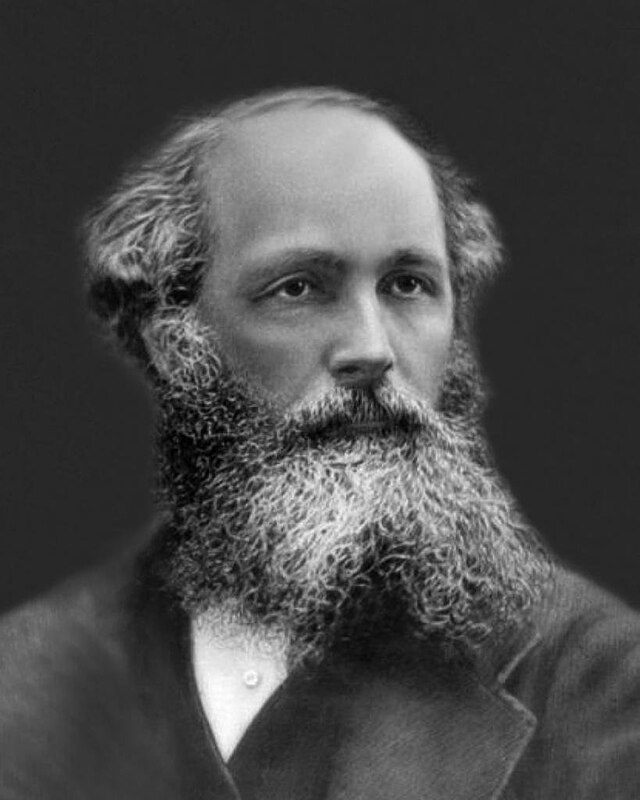The online simulations of electric generators and motors on this page will help you to better understand how these machines work and what are the physical principles on which they are based. We will discover Lorentz’s law and its immediate consequence, the Lorentz force.
Introduction to generators and electric motors
Generators and electric motors are fundamental devices in physics and engineering, responsible for the conversion between mechanical and electrical energy. Their operation is based on principles of electromagnetism, such as Faraday’s law and Lorentz’s law, which explain how electric charges interact with magnetic fields to produce motion or electricity.
What is an electric generator
An electric generator is a device that converts mechanical energy into electrical energy. It works by rotating a coil of conducting wire within a magnetic field, which produces an electric current in the coil. The magnetic field can be generated by permanent magnets or by an electric current flowing through a fixed coil called a stator.
What is an electric motor
On the other hand, an electric motor is a device that converts electrical energy into mechanical energy. It works by the interaction between a magnetic field generated by an electric current flowing through the stator and a set of conducting wire coils called a rotor, which is mounted on a shaft. The magnetic field of the stator causes the rotor to rotate, producing mechanical motion.
Interchangeability between generators and electric motors
In most cases, the basic design of an electric generator and motor is very similar, and some devices can function as one or the other depending on how they are used. For example, a DC generator can be converted into a DC motor simply by applying an electric current to the rotor instead of mechanically turning it.
Lorentz’s law and Lorentz’s force
Lorentz’s law describes the force exerted on an electric charge in motion within a magnetic and electric field. This force, known as the Lorentz force, is fundamental in electromagnetism and is expressed as the sum of two components: one due to the electric field, which acts in the same direction as the field, and the other to the magnetic field, which acts perpendicular to both the velocity of the charge and the magnetic field itself.
Mathematically, the Lorentz force is expressed as:
F = q – (E + v × B)
Where:
F is the Lorentz force
q is the electric charge
E is the electric field
v is the velocity of the charge
B is the magnetic field
In electric motors, this force produces a torque that turns the rotor, converting electrical energy into mechanical energy. In generators, on the other hand, mechanical motion within a magnetic field induces an electric current, thus transforming mechanical energy into electrical energy.
The importance of electric motors and generators in everyday life
Both the electric generator and the electric motor are essential in many modern applications, from the generation of electrical energy in power plants to the operation of motors in automobiles, household appliances, power tools, among others.
In addition to large power plants (hydroelectric, nuclear or combined cycle), generators are used in many other applications, such as wind turbines, emergency systems or automobile alternators.
Electric motors drive household appliances such as washing machines, vacuum cleaners and fans, as well as essential workshop tools such as drills and power saws. In transportation, electric motors are at the heart of modern electric vehicles and trains.
Explore the exciting STEM world with our free, online simulations and accompanying companion courses! With them you'll be able to experience and learn hands-on. Take this opportunity to immerse yourself in virtual experiences while advancing your education - awaken your scientific curiosity and discover all that the STEM world has to offer!
Simulations of electric generators and motors
- Generator
- Lorentz I
- Lorentz II
- DC I
- DC II
- Homopolar
Electric generator
Generate electricity with a bar magnet! Discover the physics behind the phenomena by exploring magnets and how they can be used to make a light bulb.
File
Lorentz force I
When a current flows through a conductor placed in a magnetic field, the conductor is forced to move. The direction of this force is perpendicular to the current and the magnetic field.
Lorentz force II
This is a second simulation to study the Lorentz force.
DC electric motor I
This simulation of electric motor shows the principle of a DC electric motor. When current is applied to the coil, the direction of the current flowing in the left and right parts of the coil are opposite. Therefore, the direction of the force received by the coil is reversed, and the coil rotates. The direction of the current is changed by the commutator every half turn of the coil, so the coil continues to rotate in the same direction.
DC electric motor II
This simulation of electric motor is another example of the operation of a DC electric motor.
Homopolar electric motor
This simulation of electric motor shows the principle of a homopolar electric motor. The homopolar motor is a motor that operates using only one polarity of the magnet. The homopolar motor has a very simple structure, is easy to make and is often used in schools to learn the principles of electric motors.
- Generator
Generator
Generate electricity with a bar magnet! Discover the physics behind the phenomena by exploring magnets and how they can be used to make a light bulb.
File
This Java simulation cannot run on this device because it has a screen that is too narrow. We recommend that, for a better user experience, you run it on a device with a wider screen.
Although this Java simulation can be run on your device, we recommend that for the better user experience, you run it on a device with a wider screen.
Giants of science
“If I have seen further, it is by standing on the shoulders of giants”
Isaac Newton

André-Marie Ampère
–

James Clerk Maxwell
–
Become a giant


Principles of Modeling, Simulations, and Control for Electric Energy Systems



Principles of Electric Circuits | 电路原理



Electrotechnique I



Electromagnetic Compatibility Essentials



AP® Physics 2: Challenging Concepts



The Basics of Transport Phenomena



AP® Physics 1 – Part 4: Exam Prep



AP® Physics 1 – Part 1: Linear Motion






























